I tasted a mango for the first time a few weeks ago at the BlogHerFood11 Conference. The National Mango Board was one of the vendors at the conference and they had samples of different types of mangos.
According to the National Mango Board, mangos are one of the worlds most popular fruits. I’m not sure why it took me so long to acquire a taste for mangos, but now that I have, there’s no stopping me. I got a bunch of mangos at the market, and I’ve been having fun eating them and using them in different dishes.
I didn’t get the chance to go strawberry picking this season due to my crazy schedule and an injured arm so I won’t be making homemade strawberry jam this year. However, instead of being bummed out, I decided to try some different types of jams. I started with a spicy Mango Habañero Jam. I still had a few mangos left so to balance things out, I made this sweet Mango Raspberry Jam.
Mango Raspberry Jam Recipe
Adapted from the Ball Complete Book of Home Preserving
Yield: About Seven 8oz (250 mL) Jars
Ingredients:
- 3 cups (750 mL) finely chopped pitted peeled mangos
- 1 1/2 cups (375 mL) crushed red raspberries
- 2 tablespoons (30 mL) lemon juice
- 1 package (1.75 oz/49 to 57 g) regular powdered fruit pectin
- 5 1/2 cups (1.375 L) granulated sugar
Directions:
- Refer to the National Mango Board’s web site for instructions/video on the best ways to cut a mango.
- Prepare canner, jars and lids. For more information, visit the National Center for Home Preservation web site.
- In a large pot, combine the chopped mangos, crushed raspberries and lemon juice.
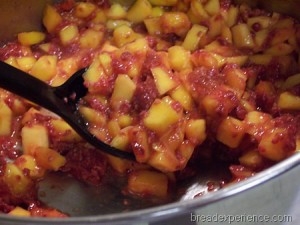
Whisk in pectin until dissolved. Bring to a boil over high heat, stirring frequently.
Add sugar all at once and return to a full rolling boil, stirring constantly.
Boil hard, stirring constantly, for 1 minute.
Remove from heat and skim off foam.
- Ladle hot jam into hot jars, leaving 1/4-inch (0.3 cm) headspace. Remove air bubbles and adjust headspace, if necessary, by adding hot jam. Wipe rims, center the lids on the jars and screw each band down until resistance is met, then increase to fingertip-tight.
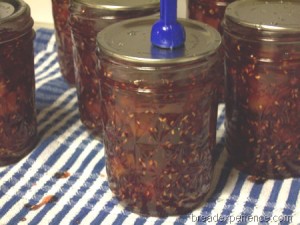
Note: Don’t adjust or tighten the lids after processing because this could affect the seal.
- Place the jars in the canner, making sure they are completely submerged in water (about 1-inch above the tops of the jars). Bring to a boil and process for 10 minutes.
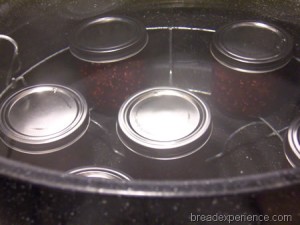
Refer to the National Center for Home Preservation web site for more info and if you live in a high altitude. Remove the canner lid and let the jars rest in the canner for 5 minutes.
- Remove the jars from the canner and place on the counter to cool. Let them rest overnight, then move to a cool, dry place for storage.
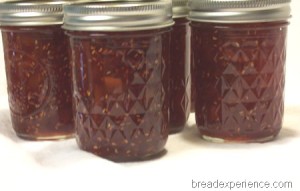
Happy Canning and Baking!
Cathy
Here are some of the references I use in my canning adventures.
- Ball Complete Book of Home Preserving
- The Complete Book of Small-Batch Preserving
- Keeping The Harvest: Discover the Homegrown Goodness of Putting Up Your Own Fruits, Vegetables and Herbs
- National Center for Home Preservation
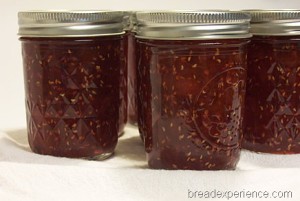
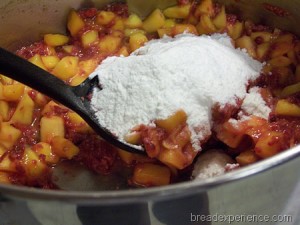
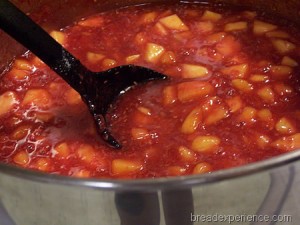
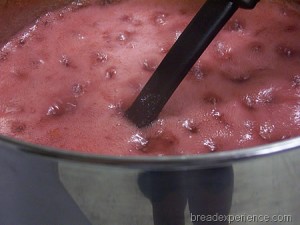
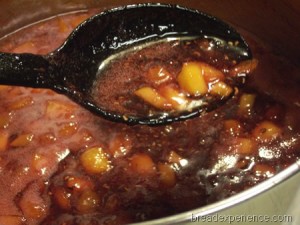
Leave a Reply